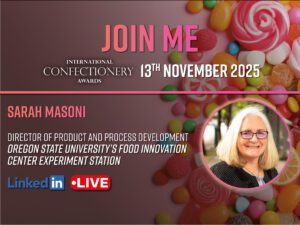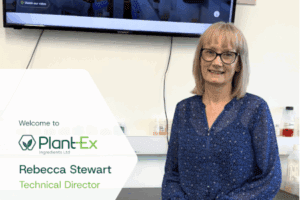Please introduce yourself and your role at the Global Shea Alliance.
Thank you very much. My name is Aaron Adu, and I currently serve as the Managing Director for the Global Shea Alliance (GSA). I lead the development of the overall strategy for the organisation in consultation with the board and members, oversee the secretarial activities related to our strategic focus, and manage the implementation of all our projects. That’s my role.
That sounds very impactful. Can you give us a quick background and history of the GSA?
Certainly. The Global Shea Alliance is an idea that stakeholders nurtured for almost a decade before it became a reality. It’s an association of stakeholders in the shea industry. It all started when a project was conducting shea conferences, and as the project was about to end, the stakeholders wanted to keep meeting to advance the industry. On October 10, 2010, 48 stakeholders met in Accra and declared the formation of the Global Shea Alliance to lead the advancement of the shea industry. From there, we set up a secretariat, developed a strategic plan and a sustainability programme, and started implementing projects. Here we are today.
Can you tell us about some of the sustainability initiatives that GSA currently supports and promotes?
The GSA defines sustainability as women empowerment and protection of the natural resource. We identified the two biggest challenges of the industry and made them our sustainability objectives. For women empowerment, we focus on increasing their competitiveness, income, reducing their exposure to health and safety risks, and improving their literacy. This empowerment helps them financially and socially, enabling them to take leadership roles in their communities.
For protecting the natural resource, shea trees are not cultivated on plantations; they grow naturally and are collected. Our activities aim at three main objectives: protecting the existing stock of trees, developing and planting improved planting materials, and conservation. We have about 2 billion shea trees spread across 21 countries. Our aim is to protect as many of these trees as possible because it takes a long time for them to grow and become commercially viable. We’re also conducting research to improve planting materials and working on conservation efforts to reduce the amount of water and wood used during processing.
Shea production is known to be a significant source of income for women in rural areas. How exactly does GSA go about improving literacy levels, and what are some other ways that the GSA supports and empowers women?
Shea constitutes about 32% of cash income for families across West Africa, which is about 12% of household income. To improve literacy levels, we provide training and education programmes. We also support women by providing tools and equipment to reduce their exposure to health and safety risks, such as snake bites, scorpion stings, skeletal and muscular injuries, and exposure to sunlight. Additionally, we help women engage in income-generating activities beyond shea, such as cultivating food crops for both income and food security, and beekeeping for honey production. We’re also working with communities to set up community-based nurseries to raise shea and other seedlings for their use and for sale.
Read the full feature in our magazine.
Never miss a story… Follow us on:
![]() International Confectionery
International Confectionery
![]() @InConfectionery
@InConfectionery
![]() @InConfectionery
@InConfectionery
Media contact
Hannah Larvin
Editor, International Confectionery
Tel: +44 (0) 1622 823 920
Email: [email protected]









